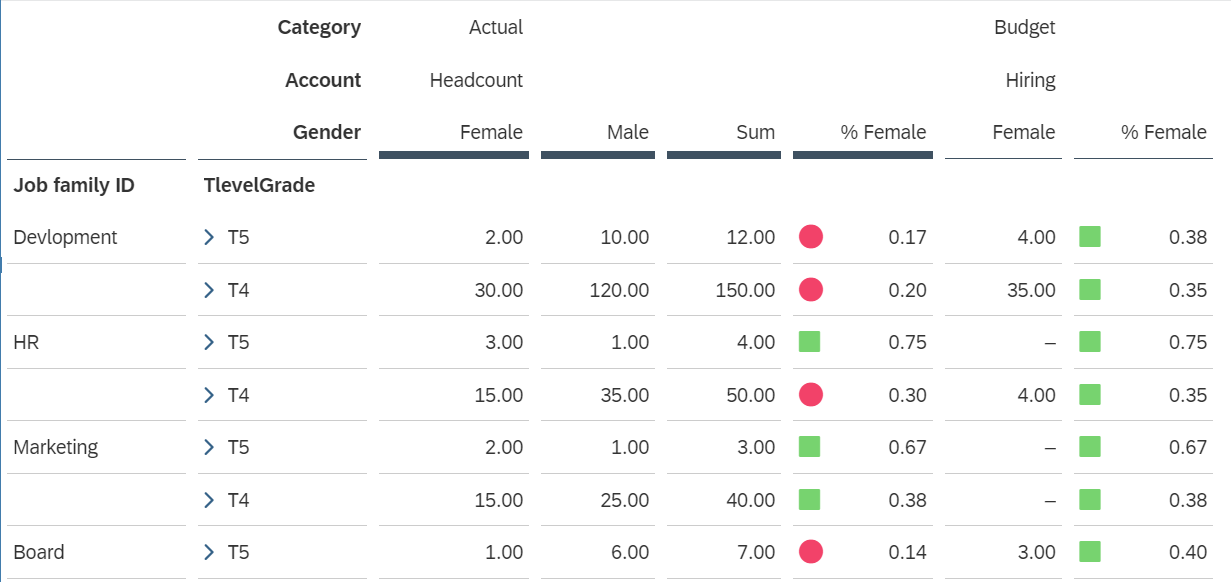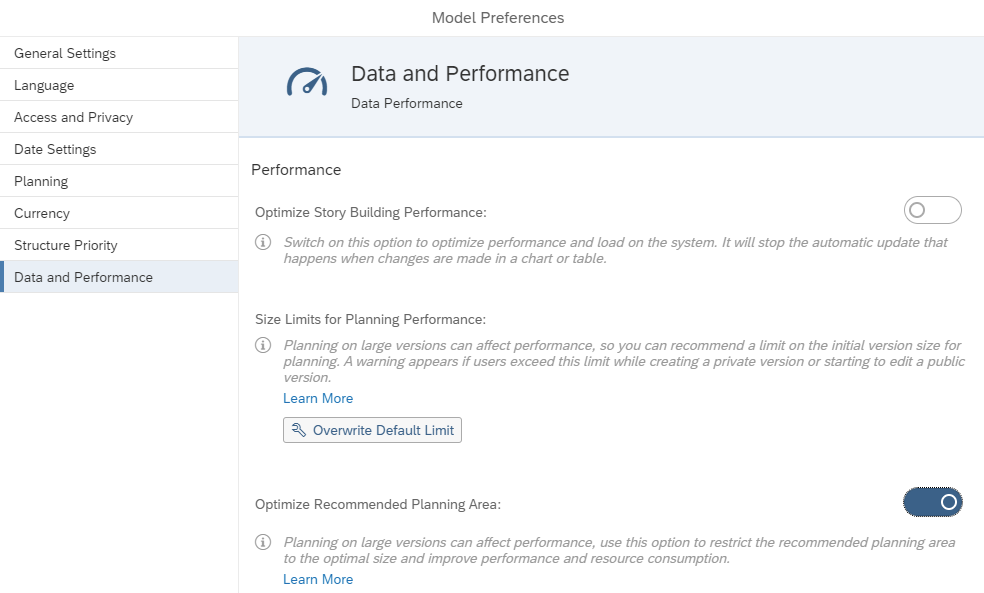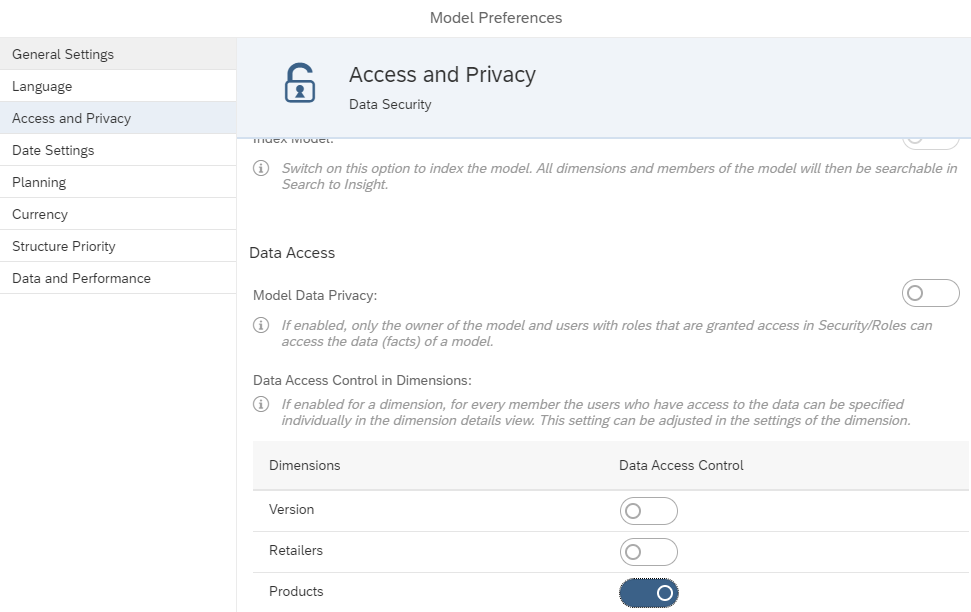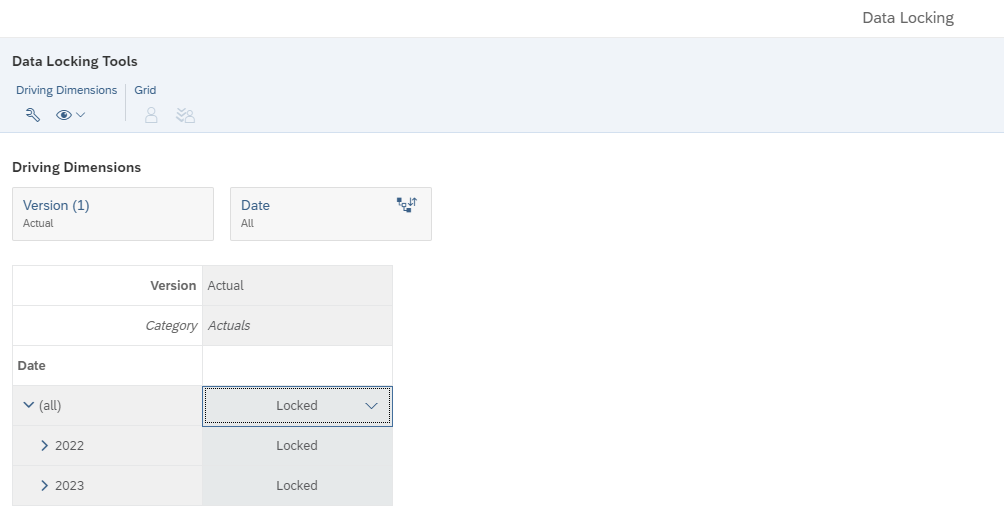Workforce Planning with SAP Analytics Cloud and SuccessFactors
06-Dec-2022Adapting Hurdles of Modern-Day Operations
When a crisis arises, businesses must have the proper expertise to handle pressing issues and prepare for unforeseen difficulties. Unfortunately, many HR directors were left rushing to find, employ, and keep top personnel to advance the company when the latest epidemic hit.
In addition to the turmoil and unpredictability that occurred with COVID-19, the pandemic has given enterprises a considerable chance to adjust their personnel plans. Breaking through data silos between HR and Finance has gotten more complicated when making plans. New trends like automation, remote work, and increased dependence on SAP ERP modules are common scenarios.
Enter SAP ERP Modules
It’s a time-consuming and labor-intensive operation for many businesses still using Microsoft Excel for data entry and processing. Excel is a strong tool, but it only offers a small amount of access to enterprise-level data, leading to an incomplete view of an organization’s personnel and operational procedures.
Organizations should consider integrating SAP Analytics Cloud (SAC) with SAP SuccessFactors into their HR strategy to simplify the workforce planning process and confidently manage change.
So continue reading as we explore the different aspects of opting for these modules in the following sections of our blog.
Perks of Integrating SAP ERP Modules Into Your Everyday Operations
Powerful Planning & Analytics
Organizations must operate as a well-informed unit to confidently predict and satisfy changing and unforeseen business demands. However, it might be challenging to provide your team members with the information and tools they require when they need them.
Fortunately, SAP Analytics Cloud offers users a comprehensive solution that includes all the cloud analytics tools they want, including corporate planning, predictive and enhanced analytics, and BI (Business Intelligence).
Users may apply sophisticated analytics company-wide and dig down on data for a deeper view of the business thanks to the combined strength of BI, planning capabilities, and predictive analysis, allowing data-driven decision-making.
Revolutionized Human Capital Management
Gaining a 360-degree vision of your business is only possible with a holistic view of your employees. The cloud HXM (Human Experience Management Suite) solution from SAP, which includes SAP SuccessFactors, provides complete transparency on employee experiences, including their job, work preferences, motivation, and much more.
By bridging information gaps between HR and workers, SAP SuccessFactors helps increase productivity and engagement. You can change talent demands with integrated software for recruitment, compensation, onboarding, benefits, performance, and development. With the help of the software, HR may discover patterns in their staff and enhance the whole workforce planning process.
The outcome? A more dynamic hiring procedure and motivated workers. Increased employee engagement results in company loyalty, retention, and productivity!
Integrated Solution to A More Robust Workforce Planning
Successful firms are adopting the best of both worlds to preserve and future-proof their workforce planning approach. To facilitate quick, confident decision-making, SAP Analytics Cloud combines people and data from many sources in a single platform. In addition, when used with SAP SuccessFactors, users may benefit from robust visualization and reporting features.
Here are some specific ways SAP Analytics Cloud and SuccessFactors help organizations improve their operations.
- Optimized Hiring Process: Every HR professional today focuses on finding ways to make hiring and retention more efficient. However, making the process as simple and quick as feasible directly influences employees’ experiences and happiness with the company, not only in HR and Finance.
HR has to have a real-time, comprehensive picture of its people analytics to allow data-driven choices around workforce planning. With the help of SAC’s powerful predictive analytics, HR can use data to identify trends in attributes and behavior and improve recruiting decisions.
- Strategic Value from HR Initiatives: It’s crucial to show the stakeholders in the organization the value you’ve generated via department-wide initiatives to expand your HR staff and budget. With SAP SuccessFactors, it’s simple to transform any data into understandable and eye-catching visualizations highlighting important recruiting KPIs like the total number of openings listed, the candidate pool, and the number of recruits thus far.
They also help establish the impact of HR initiatives on overall business outcomes by providing a deeper study of the talent pipeline that shows the number of applications by the department.
- Create an Engaging Workforce: To develop a motivated and skilled workforce, you must comprehend your staff. However, you risk losing out on essential trends if you don’t have the correct information. HR may conduct and evaluate employee feedback surveys using SAP HCM, SuccessFactors, and SAC to discover critical gaps and visualize particular patterns affecting its workforce.
With predictive analysis, HR can see potential problems early on, better assess performance, effectively reward top performers, and ultimately, make workers happy, so they continue to provide positive business results.
End-To-End Workforce Planning with SAP Analytics Cloud Planning Module
When categorizing data to gather insight, SAP modules can define dimensions while designing the SAC Planning model. Customers and partners are creating comparable dimensions in the SAP Analytics Cloud planning model for individual tables of SuccessFactors queries.
However, when it comes to the application, they need to understand the ideas of planning and analytics models and remember that properties and hierarchies make it possible to obtain data. For example, if a dimension allows for the differentiation of the acquired data, it must be included in the planning model.
This excessive number of dimensions might negatively influence the model’s performance, especially if numerous dimensions have vast dimensions and the Planning Area option wasn’t enabled.
To help you better, we walk you through this blog which explores the different end-to-end workforce planning scenarios using SAP modules like Analytics Cloud and SuccessFactors.
Step 1: Selecting An Account Layout
Leveraging calculated and converted metrics in the New Model – SAP Blogs is a blog post from the Product Management SAP Analytics Cloud for Planning that was cited in this one.
When calculating resource movements over time, the Measure model is better suited to use scenarios without a financial basis.
Additionally, the data engine’s algorithms have been improved, distinguishing HR use scenarios with dimensions with many members (like Employees).
Before picking this Model layout, understand that there are several limits to this type of model. Besides, if designing using SAP Analytics Cloud, these layouts have higher chances of being abolished in the next QRC versions as they’d be upgraded to a more premier version of the module to ensure seamless operations.
Step 2: Would You Choose A Private Or A Public Dimension?
You can base your SAP Analytics Cloud Planning model on either public or private dimensions.
What distinguishes the two possibilities?
The production and updating of master data initiated by a system that serves as the only source of truth for the master data are the primary benefits of a public version.
It’s not always necessary to explicitly keep master data within the model.
Various planning models can incorporate public dimensions. By doing this, unnecessary duplication and upkeep are prevented.
Most major firms utilize the Public dimension; for instance, for Cost center or Company code, the administrators already keep the master data in external systems to SAP Analytics Cloud.
The Company’s other Planning projects are similarly related to the choice to pursue Public aspects. For instance, a Public dimension with Company codes may be appropriate for tasks including HR and financial planning.
Consider the total usage of SAP Analytics Cloud Planning in the context of all upcoming planning initiatives for the firm before making any decisions.
Step 3: Create Dimensions of SuccessFactors Tables In Custom Hierarchy
A few factors must be considered when building a planning model by integrating master data from Success Factor into SAP Analytics Cloud Planning.
Please examine the connections between the Success Factor tables first.
Make many dimensions for different Success Factor tables.
Why?
Because dimensions in the planning model are utilized for data collection and retrieval.
Let’s use gender as an example to demonstrate this method.
When is gender a dimension, an attribute of a dimension, or a hierarchy of a dimension?
If you need to keep track of this information on a separate dimension, such as when you specifically wish to plan the hiring of a certain gender into your budget, then gender is a dimension.
Here, let’s use the instance of a gender hierarchy where it defines the members participating in the dimension. Besides, this gender dimension can be further used for retrieval as a hierarchy or property.
In this example, we determine how many female employees you will need to hire to satisfy your company’s diversity metrics for the upcoming year.
The data to be collected is qualified using the dimension “Gender.”
In our case, the end user enters the number of women employed for each Job Family and Level.
Source: https://blogs.sap.com/
Step 4: Using the Planning Area Setup For Securing Data Locking & Data Access Control
Because they limit the “cube area” in the Private version, those options aid in minimizing any performance issues during the calculation processes and data collection before publication.
a. Here, you need to get started by turning on the ‘Planning’ option under the Planning model options.
Source: https://blogs.sap.com/
b. Turn on the Data Access Control under the dimensions section and opt for the most significant number of dimension members.
Source: https://blogs.sap.com/
c. Set up the data locking using the actual data shown above to leverage data collection. Remember, it shouldn’t be changed while preparing data.
Source: https://blogs.sap.com/
So, now that we have an idea of resolving the workforce management queries using SAP Analytics Cloud Planning let’s look at solving similar instances using the SuccessFactors counterpart in the following section.
In Conclusion
When integrated, SAP modules like SuccessFactors, HCM, and Analytics Cloud bring together a 360-degree resolution for any business. Besides, looking at how these modules simplify your business, are you ready to move from your native infrastructure to the cloud with your SAP Partner?
















